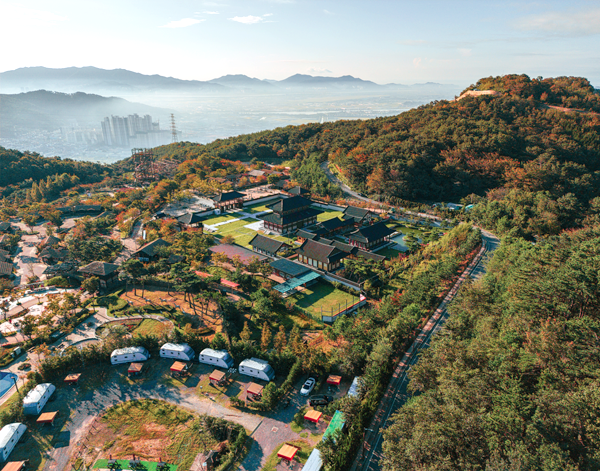
Gimhae Gaya Theme Park
- Address 161, Gaya thema-gil, Gimhae-si, Gyeongsangnam-do (Eobang-dong)
- Phone 055-340-7900
- Period 09:00~18:00
- Website https://www.gaya-park.com/index.do
Gimhae Gaya Theme Park is a family theme park that can satisfy all your five sense. The festival offers amazing shows, exhibition, experiences, play and relaxation that revolve around the story of Gaya which flourished for over 500 years as the “Fourth Kingdom” alongside the three major kingdoms, Goguryeo, Baekje and Silla. You can also experience a mixed adventure facility called “Double Extreme” which combines “cycling” and “towers” as well as the show, “Painters Gaya Kingdom“ which can be enjoyed regardless of the language barrier
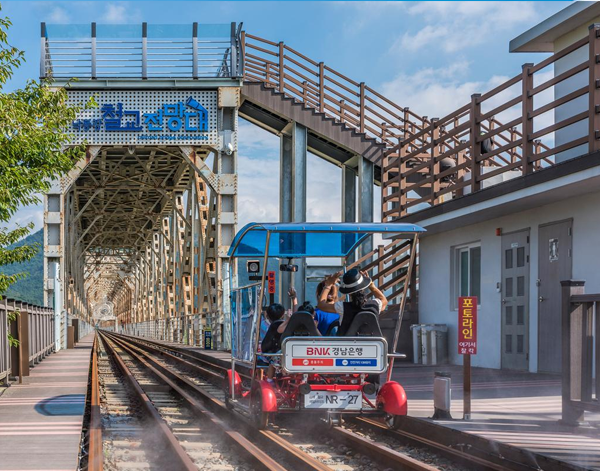
Gimhae Nakdong River Rail Park
- Address 41, Masa-ro 473beon-gil, Saengnim-myeon, Gimhae-si, Gyeongsangnam-do
- Phone 055-333-8359
- Period 09:30~18:00 / 11:30~13:00 Break Time, Closed on Monday in the Last Week of Every Month
- Website https://ghrp.co.kr/
Gimhae Nakdong River Rail Park is Korea’s one and only railway-themed park. You can enjoy riding a rail bike and also visit a wine cave here. This family-friendly park offers has rail bikes that run on a railway bridge across Nakdong River, a wine cave that exhibits and sells wild strawberry wine which is a special local product of Gimhae, a train cafe made with an old Saemaul train and an iron bridge observatory where you can relax and enjoy the sunset.
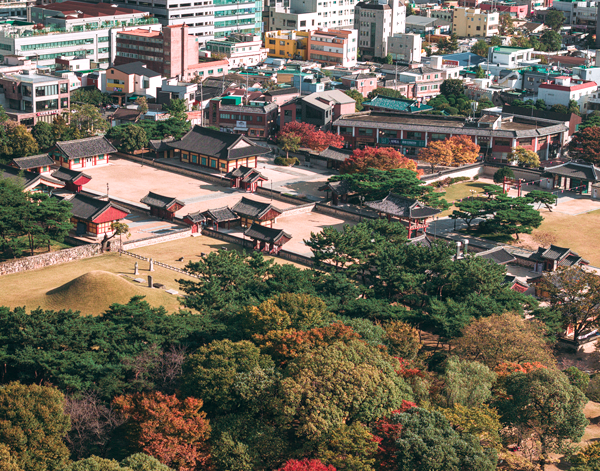
Royal Tomb of King Suro
- Address 26, Garak-ro 93beon-gil, Gimhae-si, Gyeongsangnam-do (Seosang-dong)
- Phone 055-332-1094
- Period Summer (March·October): 08:00~18:00, Summer (April~September) : 08:00~20:00, Winter (November~February): 09:00~18:00
The Royal Tomb of King Suro commonly referred to as Namneung, is the tomb of King Suro (42-199) who is the founder of Garakguk (Geumgwan Gaya) and the progenitor of the Gimhae Kim clan. The story about King Suro is told in 「Garakgukgi」(History of Garak Kingdom) in Samguk Yusa or the Memorabilia of the Three Kingdoms but it’s unknown exactly when the tomb was first created. The burial mound is round. It’s 5m high and the surrounding 59504 ㎡ area is a royal tomb park. The royal tomb park has buildings like Sungseongjeon that enshrines ancestral tablets, Anhyanggak, Jeonsacheong, Jegigo, Namneung Jeongmun (“Front Gate of Namneung”), Soongjae, Dongjae, Seojae, Shindobigak, Hongsalmun (gate), Sunghwamun (gate) as well as stone structures like Sindobi (commemorative statue), Munmubiseok (statues of civil officers and military officers), Mayanghoseok, Gongjeokbi (statue describing the achievements of notable people).
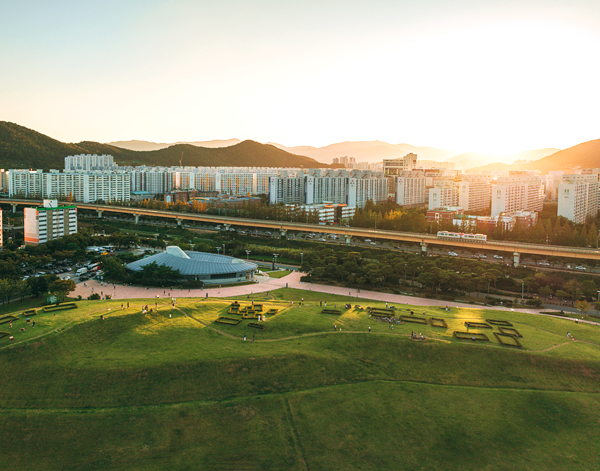
Ancient Tombs in Daeseong-dong (Daeseong-dong Ancient Tomb Museum)
- Address 126, Gayaui-gil, Gimhae-si, Gyeongsangnam-do (Daeseong-dong)
- Phone 055-350-0401
- Period Open All Year Round
- Website https://www.gimhae.go.kr/ds.web
The Ancient Tombs in Daesong-dong which were listed to UNESCO’s World Heritage sites in 2023, are ancient tombs from the Gaya period and they located on elevated terrain that lies east to west between Gimhae Construction Technical High School and Gimhae Public Stadium. They are located halfway between Gujibong Peak and the Shell Mound in Hoehyeon-ri and, to the northwest from the Tomb of King Suro. The terrain which is about 300m long and 20m high, has a mild elevation, making the terrain optimal for establishing tombs. The area except for the top of this terrain has been reclaimed as a farmland.
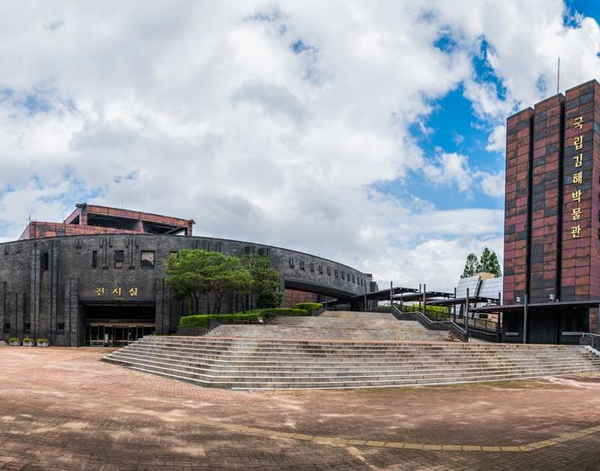
Gimhae National Museum
- Address 190, Gayaui-gil, Gimhae-si, Gyeongsangnam-do (Gusan-dong), 09:00~18:00 / Closed on New Year’s Day
- Phone 055-320-6800
- Period Lunar New Year’s Day, Chuseok and Mondays
- Website https://gimhae.museum.go.kr/kr/
Located at the bottom of Gujibong Peak that holds the story behind the founding of Garakguk, Gimhae National Museum exhibits cultural heritage of Gaya, artifacts that tell us the cultural development during the prehistoric times in Busan and Gyeongnam region and also the cultural heritage of Byeonhan which served as the foundation for Gaya’s growth.
Gimhae Nation Museum which opened in July 1998, was built on a 49588 ㎡ land with a total floor area of 9256 ㎡ (3 upper ground floors, 1 underground floor) to compile and exhibit cultural heritage of Gaya which is one of the ancient states that existed on the Korean peninsula. The steel plates in the upper part of the exterior of the building represent the “steel kingdom of Gaya”.
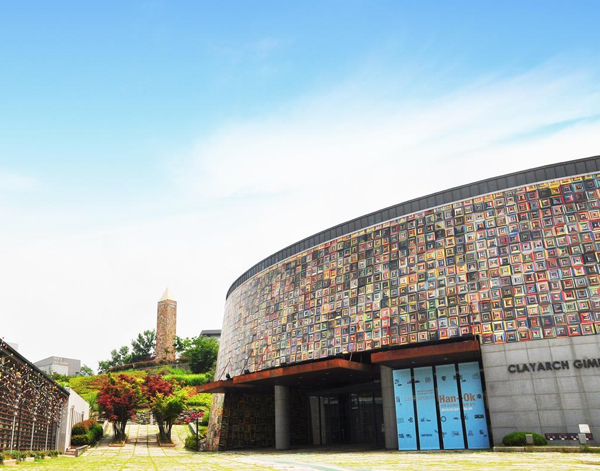
Clayarch Gimhae Museum
- Address 275-51 Jillye-ro, Jillye-myeon Gimhae-si, Gyeongsangnam-do
- Phone 055-340-7000
- Period 10:00~18:00 / Closed on New Year’s Day, Lunar New Year’s Day, Chuseok and Mondays
- Website https://www.clayarch.org/index.do
Clayarch is a combination of the words “clay” and “architecture” and the word represents the relationship between the two concepts. It also symbolizes Clayarch Gimhae Museum basic philosophy and will to develop the field of architectural ceramics by promoting cooperation among sciences, arts, education and industries. Clayarch Gimhae Museum which opened on March 24, 2006 is the world’s first architectural ceramics museum.
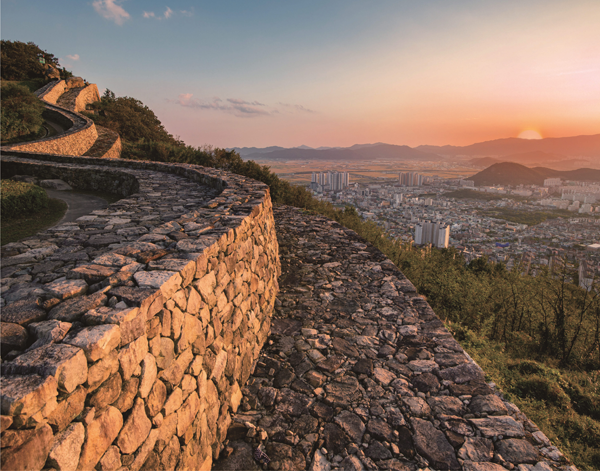
Bunsanseong Fortress
- Address 210-162 Gayaro 405beonan-gil, Gimhae-si, Gyeongsangnam-do (Eobang-dong)
- Phone 055-330-3925
- Period Open All Year Round
Bunsanseong Fortress is a fortress located at the top of Mt. Bunsan. It stretches about 900 m and is 8 m wide. The fortress has been designated as Historic Site No. 66 and it looks over the vast plain around the downstream of Nakdong River. The fortress stretches on flat terrain near the top of a mountain, creating a long oval shape from south to north. The fortress wall which is almost vertically straight is about 3 to 4 m high. According to the monument “Jeonggukgunbakgongwichukseongsajeokbi” which stands here, in early Joseon Dynasty period, a man named Park Wi built the fortress based on Gosanseong Fortress and after it was destroyed during the Japanese Invasion of Korea in 1592, the fortress was repaired in 1871 (8th year of King Gojong’s reign) and still stands to this day.
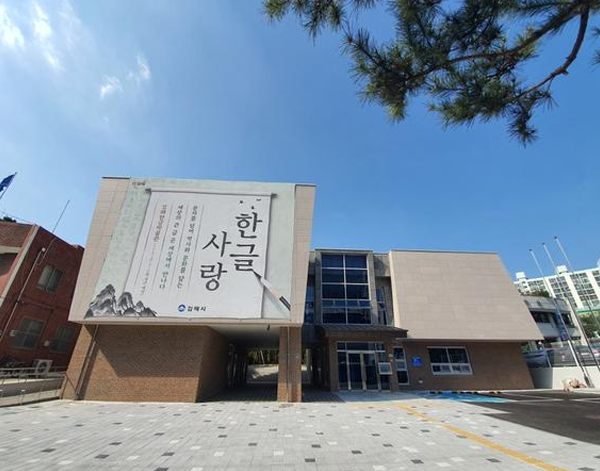
Gimhae Hangul Museum
- Address 221, Bunseong-ro, Gimhae-si, Gyeongsangnam-do (Oe-dong)
- Phone 080-380-1009
- Period 09:00~18:00 / Closed on New Year’s Day, Lunar New Year’s Day, Chuseok and Mondays
- Website https://gimhaehangeul.modoo.at/
Gimhae Hangul Museum exhibits the proud history of hangul which is the greatest cultural heritage of our nation. The museum which opened in November 2021, sheds new light on the work of hangul scholars Lee Yoon-jae and Heo Woong who left a big footprint in the field of hangul research and, the history and culture of hangul since its creation in 1443.
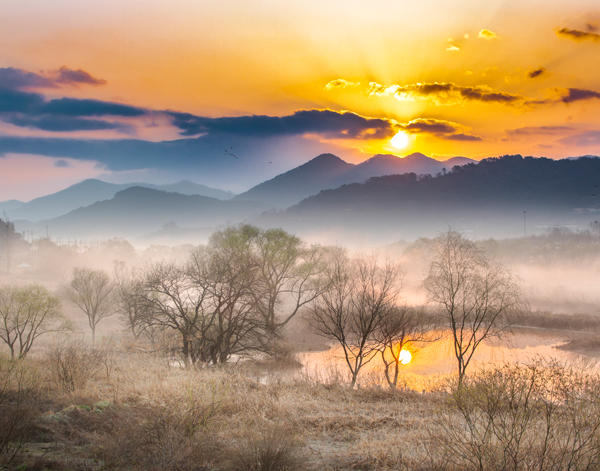
Hwapocheon Wetland Ecological Park
- Address 183-300, Hallim-ro, Hallim-myeon, Gimhae-si, Gyeongsangnam-do
- Phone
- Period Open All Year Round
- Website https://www.gimhae.go.kr/hwapo.web
Hwapocheon Wetland Ecological Park is the largest streamside wetland in the nation and it is 8 km long and covers an area of 3,1 ㎢. Hwapocheon Wetland Ecological Park is a habitat to a total of 812 types of species including class 1 endangered wildlife such as the Oriental stork, falcons, otters, the cockscomb pearl mussel as well as class 2 endangered wildlife such as Eurasian spoonbills, Bean geese, the Whooper swan, eagles, the Chinese sparrowhawk and the Japanese sparrowhawk.
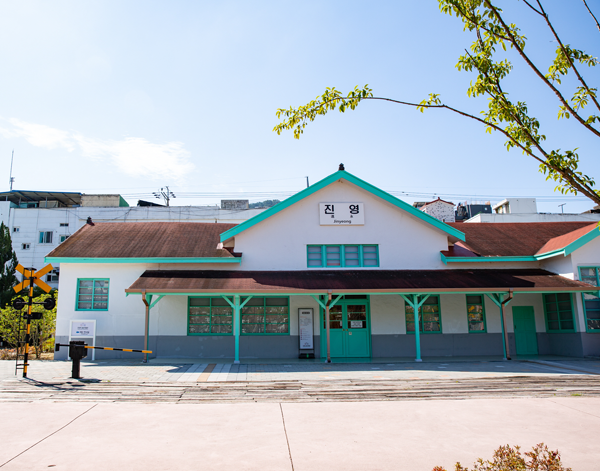
Jinyeong Station Railway Museum
- Address 145-1, Jinyeong-ro, Jinyeong-eup, Gimhae-si, Gyeongsangnam-do
- Phone 055-344-0799
- Period 09:00~18:00 / Closed on New Year’s Day, Lunar New Year’s Day, Chuseok and Mondays
- Website https://jinyeongmuseum.modoo.at/
Jinyeong Station Railway Museum is a type 2 railway museum that opened after renovating the old Jinyeong Station which used to serve as a center of transportation in Jinyeong for over 100 years, opening in 1905 as a military railway station and finally closing in 2010. The museum exhibits various railway artifacts such as old train tickets, uniforms and baggage receipts.

